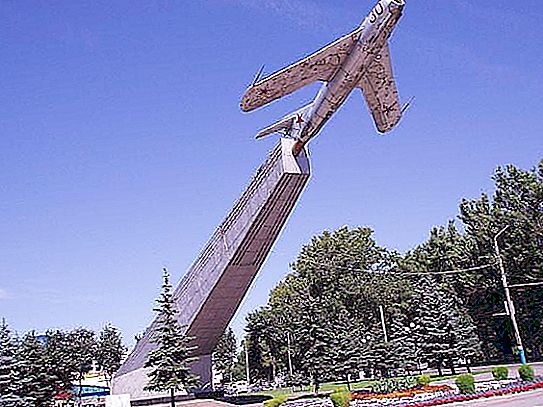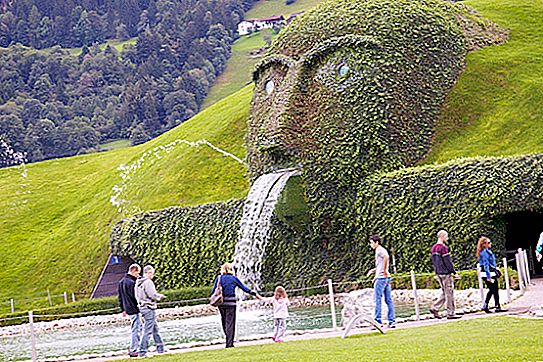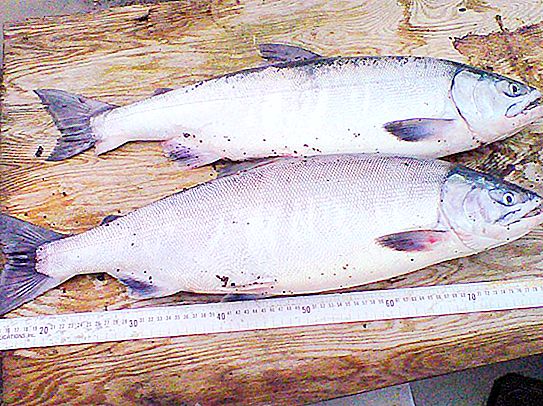The depth of the Rybinsk reservoir does not bring it to the first positions when compared with similar ones in the world, or even in Russia. The surface area is also not the largest, although the Rybinsk Sea is undoubtedly one of the largest on the planet. But hardly any such object will surpass it in the number of disputes around the history of creation, the need for existence and further fate.
What is it, the Rybinsk Sea, and where to look for it
The reservoir, often referred to as the sea, was named after the city where the hydroelectric power station is located and to which this waterworks belongs. It is formed by three rivers - the Volga, Mologa and Sheksnaya. It is located in three regions: Yaroslavl, Tver and Vologda. In addition to the main nutrients, smaller rivers flow into it: the Suda, Sit, and also the tributaries of the Sheksna Sogozh and Ukhra that were before the formation of the Rybinsk Sea. Only the Volga flows from the Rybinsk reservoir.
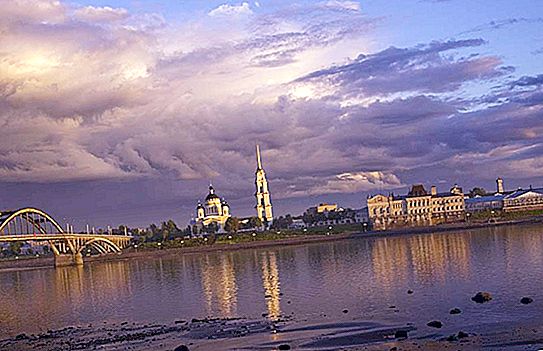
The storage facility belongs to the lake type and its waters are significantly different in characteristics from those that fill the pool. It was created by people in the forties of the last century on the site of a lowland formed about 17 thousand years ago thanks to the glacier lake that existed here.
Along the low banks are mixed moist forests, swamps and meadows. There are few high cliffs overgrown with pine trees. Around the Rybinsk Sea, recreation areas are organized - bases, houses, gazebos, campfire glades suitable for visiting for fishing purposes. In summer, the water warms up very well - up to 22-24 degrees, in winter it freezes by 60-80 centimeters.

The currents are created due to the winds, intensify during the shallowing period. Waves sometimes reach a height of two meters. From peat formations cut off from the northwestern shores, islands of different sizes formed on the surface of the reservoir.
The Darwin Nature Reserve is located on the northwest coast. The water system of the Rybinsk Sea is a constant research object of the Scientific Research Institute of the Russian Academy of Sciences.
Rybinsk Reservoir in numbers
The main numerical characteristics of any reservoir are its volume, surface area (mirrors) and the difference in water level during use (amplitude).
The average depth of the Rybinsk reservoir is just over 5.5 meters. There are shallows where the water level is only 2-3 meters. There are places where the bottom is significantly larger from the surface, according to various sources - up to 25-30 meters.
The artificial Rybinsk pond is not deep, but has a rather large surface area - 4580 km 2. According to this indicator, he is in eighth place in the world and third in Russia. In the widest part, its size reaches 56 km, the water line level line along the entire circumference is 1724 km (it is also coastal).
Due to the shallow depth, the Rybinsk reservoir has a not very significant volume - 16.7 km 3 useful out of a total of 25.4 km 3.
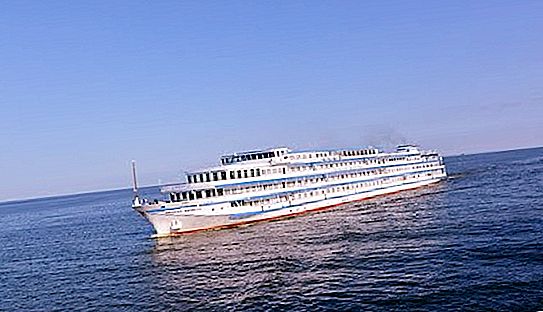
However, the depth of the artificial reservoir directly depends on the occupancy, which varies by almost 5 meters during the year, and reaches the normal support level — the highest optimal occupancy — about once every four years (this is an indicator that the flooding area was less than calculated during design).
The maximum depth of the Rybinsk Reservoir can increase significantly with a significant rise in the total water level to forced retaining water, exceeding which can lead to emergency situations. The height of the dams of its various parts differs and ranges from 17 to 35 meters. Each is provided with its own reservoir.
There are 5 dams in total: four earthen - two river channels blocking the course of rivers, two mating dams along banks stretching for 3.4 and 2.6 km, and one concrete spillway with a throughput of 5800 m 3 per second. In the alignment of the Volga River there is a two-thread (two-chamber) gateway. On its dam, a statue of a woman personifying the Volga rises to 28 meters.
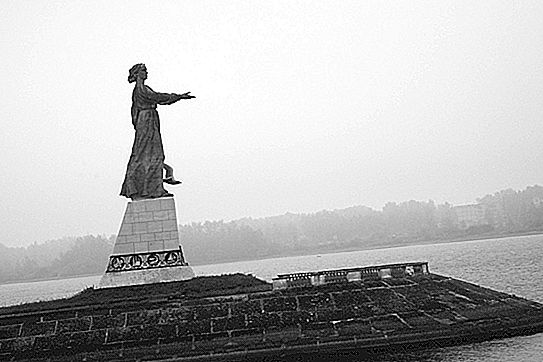
Initially, the installation of the famous Worker and Collective Farm Girl was planned on the gateway itself, but the sculpture was ready earlier and the temporary stay of Vera Mukhina’s creation in the capital gradually became permanent.
Also, the building of the hydroelectric station, one of the eight so-called Volga cascades, is included in the Rybinsk hydroelectric complex. It has a capacity of 356 MW (increased from the original figure by 26 MW).
The artificial reservoir rises above sea level by 101.8 meters. Initially, flooding was planned 4 meters lower. It was this difference that ensured the disappearance from the face of the earth of the ancient Russian city of Mologa.

What hide the depths of the Rybinsk reservoir
The urgent need to provide electricity and create a shipping lane led to the decision to organize the Rybinsk Reservoir, the construction of which began in 1935 and ended in the forties. In the spring of 1941, water began to flow into his bowl.
As a result of six years of filling, 663 villages were flooded, three monasteries, four dozen church parishes, one ancient city of Mologa, mentioned in the chronicles of the mid-12th century, and three quarters of Vesyegonsk founded in the 16th century, as well as huge useful agricultural land and forest areas. Resettlement was more than 130 thousand local residents.
The outbreak of war and the increased need for energy made it in a hurry, and the bottom of the Rybinsk Sea was not cleared. As the water level of the storehouse decreases, the remains of buildings and the tops of dead trees ominously emerge above its surface.
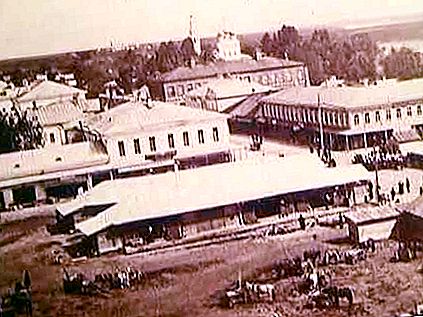
Shortly after the completion of filling, the question was raised about the discharge of water and the return to use of occupied useful land. Disputes are still ongoing, but the matter does not move further than discussions, since large financial costs are required for the process itself and the re-equipment of the region's land transport lines in order to prepare for an increase in the load (the waterway is now open for transport for more than six months). In addition, the period of restoration of the former functionality of the land promises to be long.

